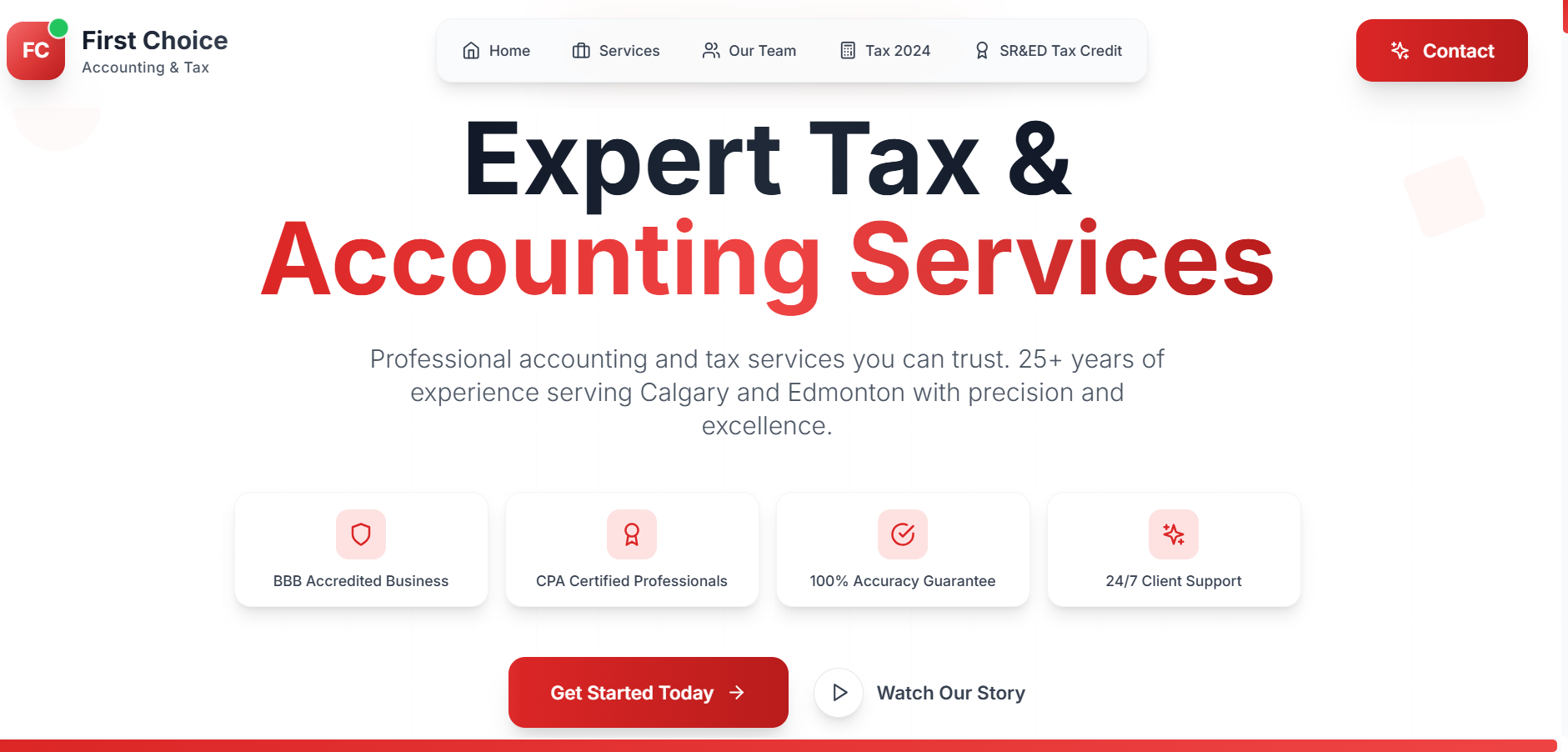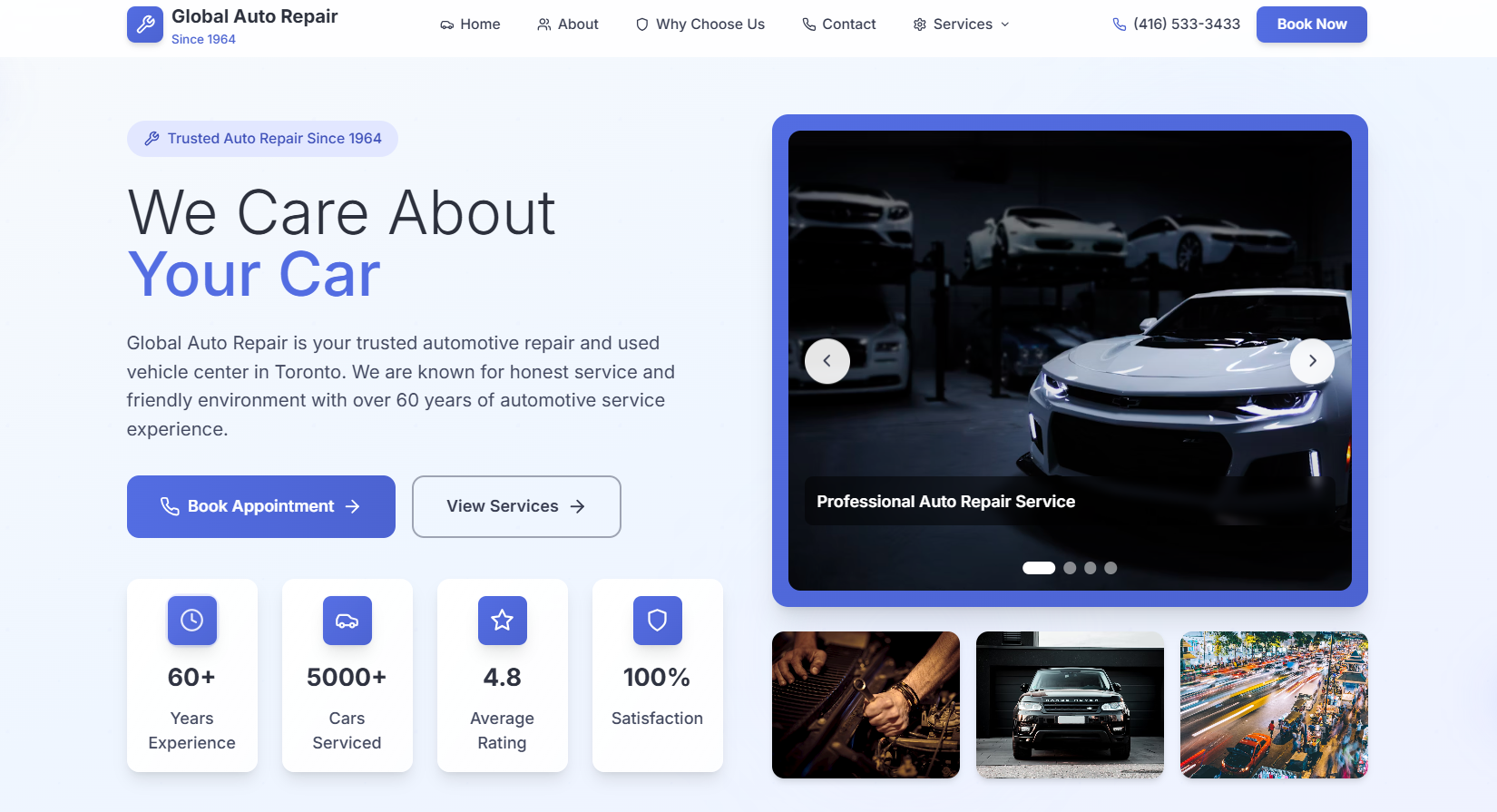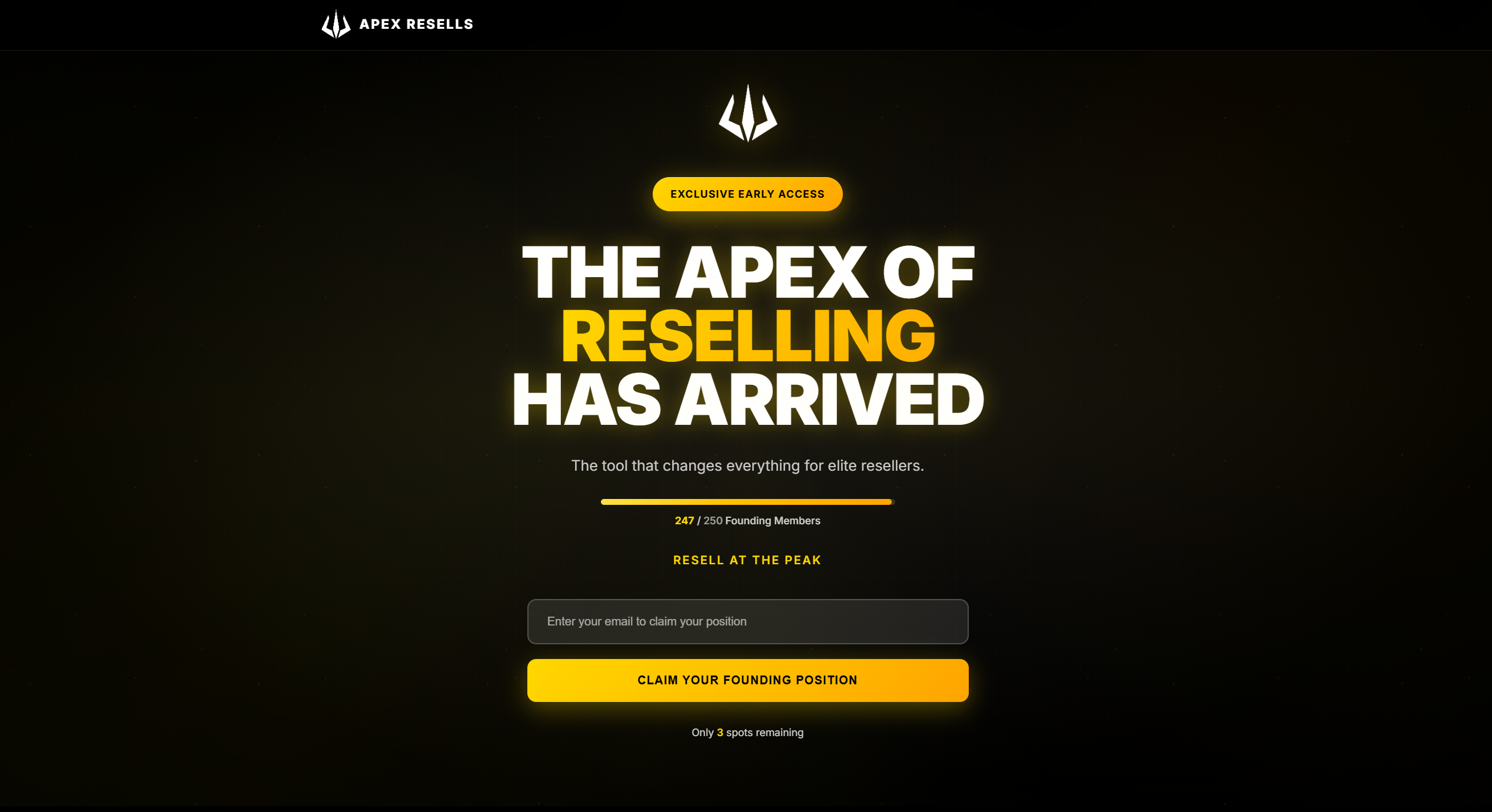The difference between a website that converts and one that doesn't often comes down to psychology. Understanding how users think, feel, and make decisions allows us to design experiences that naturally guide visitors toward conversion.
The Psychology of First Impressions
Users form opinions about your website within 50 milliseconds of landing on it. This snap judgment significantly influences their likelihood to convert.
Elements That Create Positive First Impressions:
- Visual Hierarchy: Clear information architecture
- Professional Design: Modern, clean aesthetics
- Fast Loading: Under 3 seconds for initial content
- Clear Value Proposition: Immediately obvious benefits
- Trust Signals: Testimonials, logos, security badges
Cognitive Load Theory in Web Design
Cognitive load refers to the mental effort required to process information. High cognitive load leads to decision paralysis and abandoned conversions.
Reducing Cognitive Load:
- Minimize Choices: Use Hick's Law - fewer options lead to faster decisions
- Progressive Disclosure: Reveal information gradually
- Chunking: Group related information together
- White Space: Give content room to breathe
- Consistent Patterns: Use familiar UI conventions
"Websites that reduce cognitive load see conversion rate improvements of 35-50% on average."
The Power of Social Proof
People are heavily influenced by the actions and opinions of others. Social proof is one of the most powerful psychological triggers for conversion.
Types of Social Proof:
- Customer Testimonials: Real stories from satisfied customers
- User Numbers: "Join 50,000+ satisfied customers"
- Expert Endorsements: Industry leader recommendations
- User-Generated Content: Photos, reviews, social media posts
- Wisdom of Crowds: "Most popular" or "bestseller" badges
Color Psychology and Conversion
Colors evoke emotional responses and can significantly impact user behavior and conversion rates.
Color Associations:
- Red: Urgency, passion, appetite (use for sales, food)
- Blue: Trust, security, calm (finance, healthcare)
- Green: Growth, nature, go (environmental, finance)
- Orange: Energy, enthusiasm, call-to-action
- Black: Luxury, sophistication, premium
The Psychology of Trust
Trust is fundamental to conversion. Users won't convert if they don't trust your website or business.
Building Trust Through Design:
- Professional Appearance: High-quality design and imagery
- Security Indicators: SSL certificates, security badges
- Contact Information: Easy-to-find phone, email, address
- About Page: Team photos, company story
- Privacy Policy: Clear data usage policies
- Money-Back Guarantees: Risk-reversal offers
Understanding user psychology isn't about manipulation—it's about creating experiences that feel natural and helpful. When you align your design with how people naturally think and behave, conversions follow organically.


